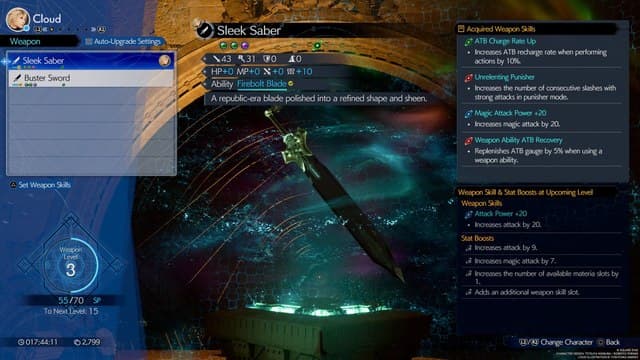We’re living in the middle of a Golden Age of tabletop roleplaying games. Mainstream standbys like Dungeons & Dragons have never been more popular, and indie gems are widely accessible thanks to small print runs and PDF distribution sites like itch.io. But back in the 90s, things were a little darker. I’d heard of D&D back then, sure, but somehow, the only games I ever played were by Palladium Books — games like Rifts.
If you’re aware of Palladium, you’re probably laughing or sadly shaking your head. If not, here’s the short version: they were founded in 1981 by micromanager and exclamation mark addict Kevin Siembieda on the strength of a few key 80s licenses, including Robotrek and Teenage Mutant Ninja Turtles. Palladium is best known, however, for Rifts — a post-apocalyptic RPG that combines fantasy, sci-fi, and horror. The result, depending on whom you ask and what sourcebooks you’re referencing, is either one of the most memorable tabletop games of the 90s or one of the biggest trainwrecks in RPG history. I think it’s actually both.
Prior to Rifts, Palladium had published a fantasy game called, well, The Palladium Fantasy RPG, as well as a martial arts/spy action title called Ninjas and Superspies and a superhero RPG titled Heroes Unlimited. With Rifts, they clearly wanted to do something bigger and better than their previous games. The groundwork was there — a world ruined by nuclear apocalypse, with the ensuing mass deaths reawakening the magical ley lines that had lain dormant for thousands of years and opening up the titular rifts, portals to other dimensions that spat out aliens, monsters, and characters from other Palladium lines. Siembieda just needed something to push the whole thing over the edge.
That special sauce was “Mega Damage,” a mechanic which would go on to become Rifts‘ most infamous feature. See, all of Palladium’s games used the same (extremely clunky) rule system. In most games, characters and monsters had two “health” stats — Structural Damage Capacity (SDC) and hit points (HP). SDC was surface level damage that could be shrugged off without too much problem, whereas HP was really life-threatening stuff. On top of these, Rifts added Mega Damage (MD). Now, some weapons did MD, whereas armor and supernatural creatures had Mega Damage Capacity (MDC) instead of SDC and HP. One Mega Damage was equal to 100 regular points of damage. Because the higher a number is, the more fun you’re having! Right?

Mega Damage was meant to showcase how powerful the high-tech weaponry of Rifts was. The book used examples like the warlord who could rule over a village with a single MD laser pistol because it made him practically a god. In practice, though, it was a simple agent of power creep — each subsequent release, some derisively referred to as “toy books” by fans, included robots and equipment with higher and higher Mega Damage levels.
Many aliens and monsters were graced with Mega Damage bodies, but normal humans, elves, and most playable races were squishy, SDC creatures. That meant that a single glancing blow from even the weakest Mega Damage attack would completely vaporize them. And that meant that most Rifts games were full of characters who refused to get out of their full body armor suits at any time, even to sleep. It was ridiculous, and attempts to get players to remove their armor — in formal or amorous situations, for instance, were frequently seen as traps by sneaky GMs.
I still have a soft spot for Rifts in my heart as the first tabletop RPG I ever played. This, despite Siembieda’s recurring insistence that players sympathize with the textually fascistic Coalition States; the terrible and overly complex combat system in which simple fights would often take upwards of an hour to resolve in realtime; the aforementioned overuse of exclamation marks; the awful attempts at long-form storytelling (see The Coalition Wars); Siembieda’s mistreatment of authors and general grandiosity; and the hacky reliance on local myth to fill out the game’s various world books. (“Uh, what if we put a beaver demon in Canada?”) But Mega Damage was a mechanic with all the subtlety of a sledgehammer wielded by a Juicer to the face of a Cyber-Knight, and I certainly don’t miss it.
Well, maybe a little. Like, a hundredth of a MD point.


